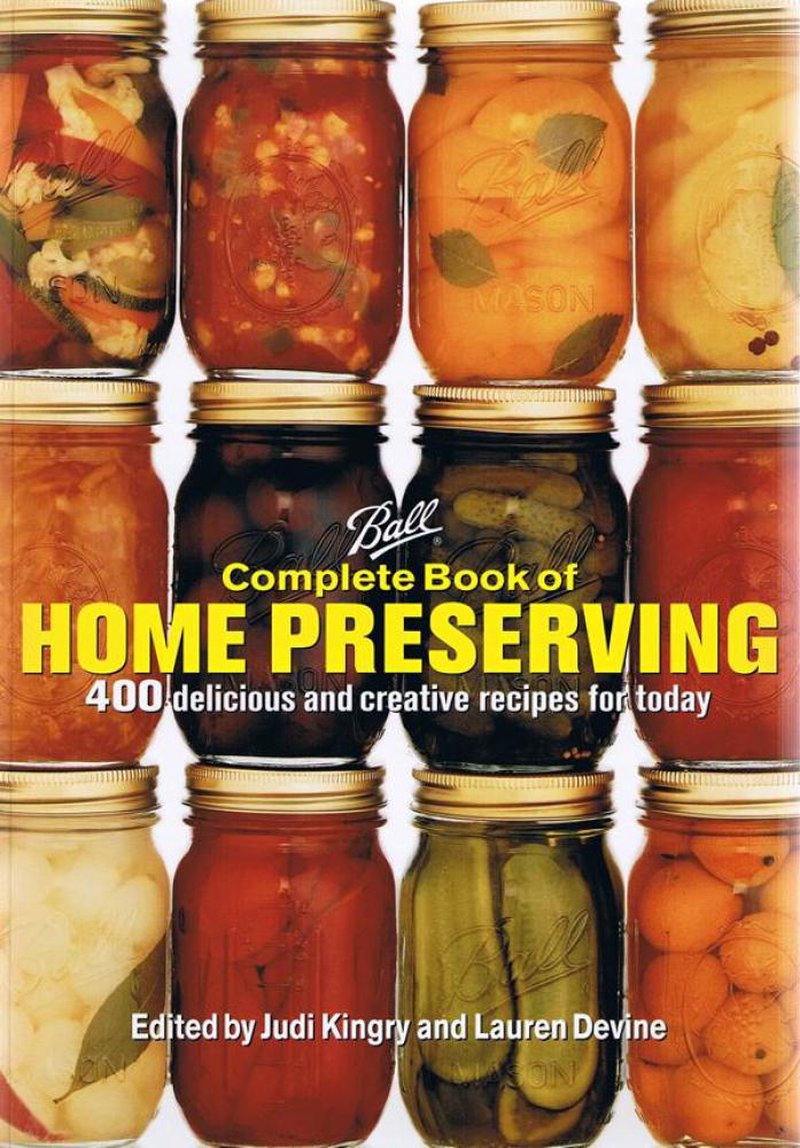
One of our American Gardeners, Tim, isn’t a stranger to Country Life. He’s the man behind the title “Prepper Dad”, and has shared his common-sense ideas about preparing for emergencies. One of his biggest ‘to-do’ items is growing and preserving his garden’s produce. Last year, he canned and froze hundreds of containers of veggies, fruit and herbs from what he calls “the small garden.” He’s shared some pictures of that project as he prepares for gardening in 2014. “This has been the longest winter in a long time, I’m telling ya,” he says. But he’s readying sprouts and seeds, some of which are the varieties included in the American Gardens project. And he’s looking forward to a bigger garden in 2014.
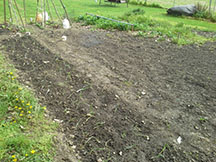
The beginning…
The garden just after planting peas and lettuce starts in back left corner, 160 Walla Walla and Texas sweet onions in row on left edge up to near left. This is the first Saturday in April 2013.
Strawberry patch in center to right back still overgrown and un-netted. Rest of area freshly scraped of weeds by a hoe and the soil loosened and broken up by hand with a garden fork. Shortly after this photo, I spread 3 bales of straw 6-8″ deep over whole area but only 1/2″ deep in onion bed. Shallow roots and bulbs need light and water to grow!
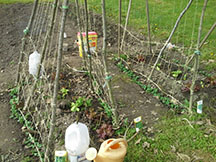
The peas on April 12, two weeks old & about to get 2nd and last shot of liquid fertilizer.
Used twine to make trellises for vines to climb. Had to cover lettuce with bottomless milk jugs twice to save the lettuce from frost. It got really cold in April last year, but it’s colder this year!
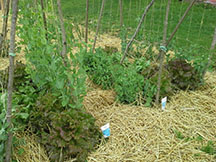
The peas and lettuce on May 2, 2013, 30 days into the early season and freshly mulched with straw to hold in moisture and control weeds. I can’t tell you enough how important and easy it is to do this with the straw.
We had a 6-8″ deep covering over the snap peas and snow peas. Snow peas were better for canning. I gave some of the really late ones away to flock of Buckeye chickens that a co-worker is raising at his hobby farm.
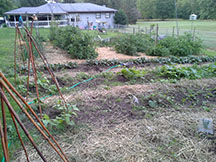
This photo shows the small garden ramping up for full production.
We’re lucky to have a good-sized back yard, so we can expand the garden this year. This is the third week of June, 2013, and you can tell we’ve had great growing weather.
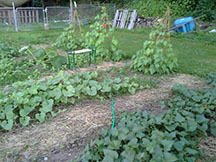
July 4 weekend in the garden!
Right to left: sweet potatoes, mixed row of melons (back) & cantaloupes (front), crookneck squash, 3 bean teepees of Kentucky Wonder beans. At this point in the season, I put 5 more bales of straw down between rows to hold in moisture and prevent weeds. You can just see onion stems starting to fall over. Don’t pull your onions early! About 3/4s of your onion tops should be falling over before you harvest!
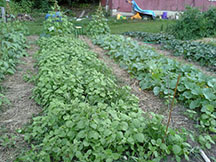
Here’s a closer look at the squash bed–it was full of weeds, so we cleaned it out, and strewed straw bedding to keep the weeds down. It got a shot of liquid fertilizer too. It was the second and last dose of the season for the squash bed. The first was when the squash was planted.
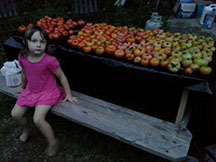
Turning to fall harvest
Early August tomatoes and my 4 year old niece Abby. Many of our tomatoes were ripening in sun, off the vine, converting to sugars. (We had a vacation coming up, and it was a juggling act harvesting enough produce to tide the garden over until we got back.)
Our tomato haul was so very yummy. At this point, the onions had fallen over, and the pepper patch was producing green, banana and jalepeno peppers–the perfect ingredients for salsa canning.



























